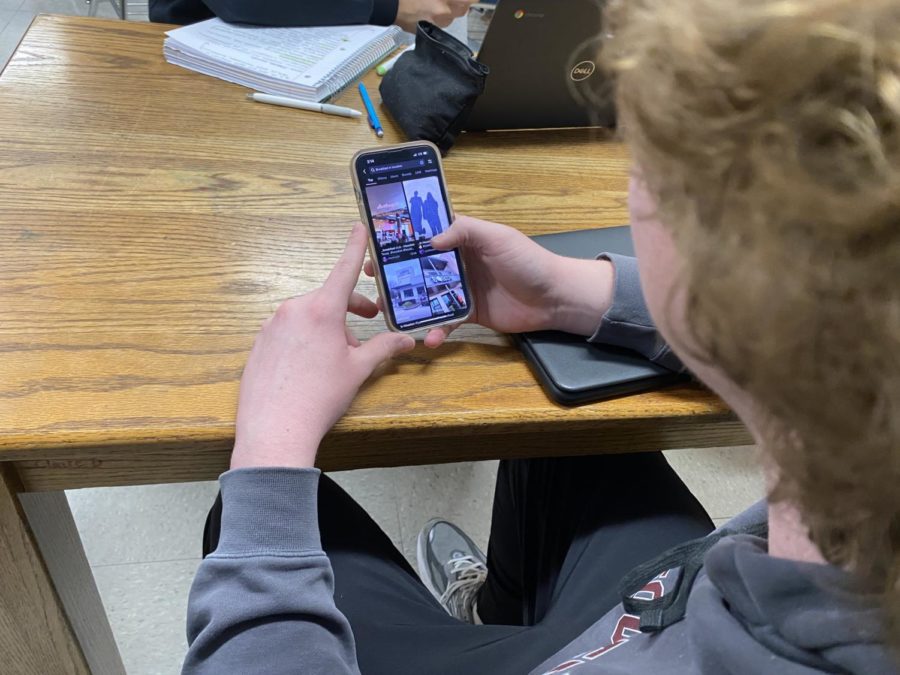Special Series: Students find TikTok algorithm delivers ‘news’ they like, whether authentic or not
As high school students consume more content on TikTok, questions arise about how much reliable information they’re getting on current events.
Editor’s note: This is the third of a four-part series on Bearden students and the ever-growing presence of TikTok. The final installment will share students’ reflections on using TikTok as a practical tool. Read our stories on the rise of “BookTok” here and social dynamics here.
Teens have busy lives: from attending sports practice, to participating in club activities, to studying for exams.
There isn’t always enough time in a given day to be informed on all the current events in the world.
These time constraints mean that for many teens, when they do catch up on the day’s news, that it is coming via the TikTok algorithm and whatever it puts on their “For You” page.
Interacting with videos helps the TikTok algorithm curate a “For You” page that is specific to each user. However, while this makes the app more fun (and addicting) for users, it often limits exposure to multiple perspectives or counter arguments to people’s pre-existing opinions, and it certainly doesn’t seek out unbiased, objective reporting.
“I think that TikTok definitely spreads false information, as does any social media app,” junior Bella Patterson said. “If people have access to a platform where they can vocalize their opinions, they will do just that, based on facts or not.”
Senior Morgan Arnurius said that within the variety of her “For You” page, she does see some content that is at least marketed as being informative.
“I would say about 30% [of the videos] are informational,” she said. “I [do not] get my political news from TikTok, but if it is on my FYP, then I would probably think that it is true.”
Popular content creators on TikTok in particular may use their fame and large amounts of user interaction to promote videos containing information that hasn’t been authenticated by a trusted source.
“When creators want attention or fame, they [often] make up random stuff, which then teen viewers only end up believing because their favorite TikToker said or supported it,” sophomore Brandon Hardin said.
The spread of media that has been potentially manipulated in truth is difficult to account for, but with apps like TikTok that are constantly growing, the increasing chance of coming across it is almost guaranteed.
“I’ve searched up content [on TikTok] I thought may not [have been] true or just shared it with my friends to see what they thought, but sharing these types of videos is part of the problem,” Hardin said.
Arnurius finds that she often agrees with most political TikToks she sees, even though she did not select her interests when first making an account.
“[I have] had TikTok ever since it changed to TikTok from Musical.ly,” Arnurius said. “And I do not think I picked interests [when creating an account].”
Arnurius, who uses TikTok everyday, learns about current events through conversations with her friends. In 2023, it is increasingly common for TikTok to spark conversations among friends, but most users do not fact check information.
TikTok has made attempts to verify information in videos that may be controversial or questionable with the addition of available “links” above a video’s description that a user can follow to check for themselves, but only if the user is willing to do this additional investigation.
“If I’ve never heard of the person who is spreading the news or the topic itself before, I might check [the link] out. But if I am pretty familiar with the source, I won’t,” Patterson said. “It honestly depends on who is spreading the information on TikTok and their reasons to support it.”
